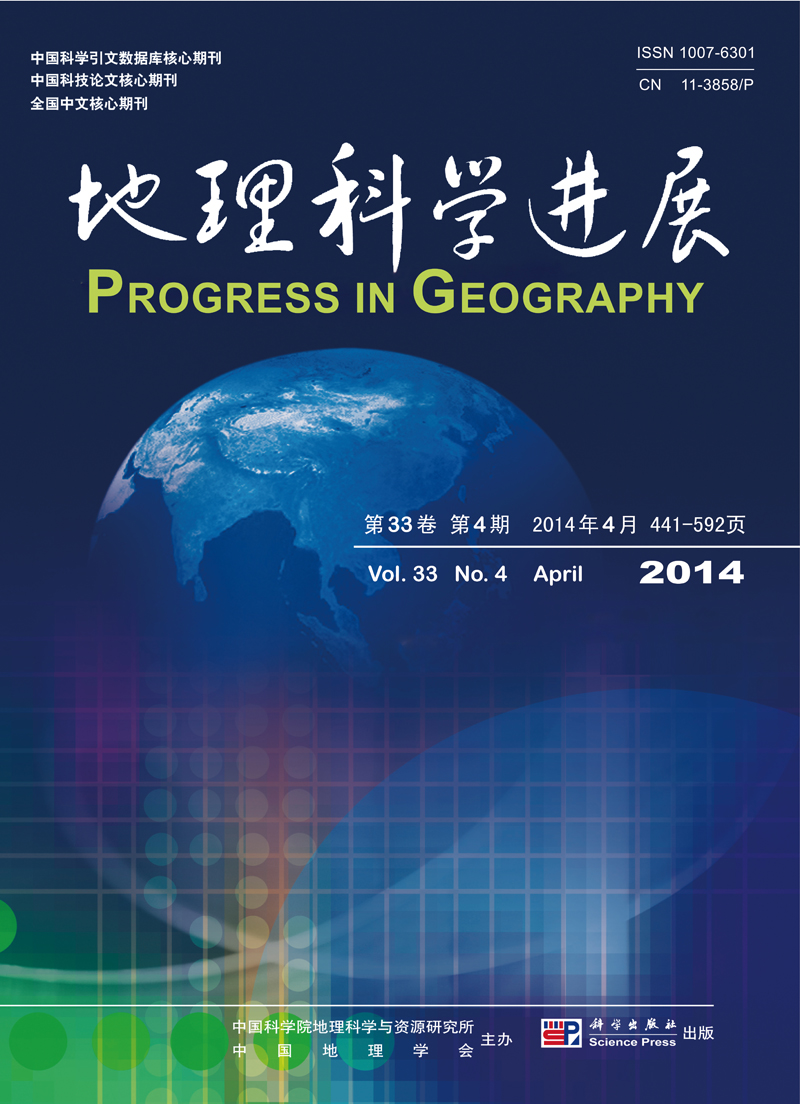Rural Development
LI Nannan, LI Tongsheng, YU Zhengsong, RUI Yang, MIAO Yuanyuan, LI Yongsheng
Farmers are the demanders and users of agricultural technology. Only when farmers accept, assimilate and use new technologies, can agricultural science and technology achievements be transformed into practical productive forces. So, it is worth paying attention to what farmers need, which factors influence farmers' behavior significantly and the relationship between these factors. To address these questions and understand the mechanisms of influence, we take potato planting technology adoption in Dingxi City, Gansu Province as an example. Questionnaire survey and interview were conducted to acquire data. Based on 575 survey samples, a Logistic regression model and the interpretative structure model (ISM), we analyze the significant factors influencing farmers' adoption behavior in the process of potato planting technology diffusion, and investigate the relationship among the various factors. The results are as follows. (1) Farmers' behaviors of adopting new potato planting technology is affected by five major characteristic variables, including farmers' background, awareness, production management, resource endowment, and environmental characteristics. These variables influence farmers' behavior to various degrees. (2) The result of Logistic regression shows that farmers' level of education, family structure, degree of specialization, degree of organization, awareness of science and technology park, awareness of new technology, agricultural income, climatic productivity, topography of the planting areas, grade of nearby roads and location are significant factors influencing farmers' adoption behavior. (3) The ISM model shows that there are various factors influencing farmers' adoption behavior, and these factors are at different levels of a hierarchy, which are interrelated and independent. Among these factors, degree of specialization, agricultural income, climatic productivity, location, terrain, and grade of nearby roads are the direct influencing factors. Awareness of science and technology park and awareness of new technology are the indirect factors. Education of farmers, family structure and the degree of organization are the root influencing factors. Based on these results, we recommend strengthening the development of production by orders from business and consumers, reconstructing diffusion model and adopting the annular diffusion model of "leading by enterprises, supporting by the government and participating by farmers". These measures will improve the enthusiasm of farmers to adopt new technology effectively. In addition, it is necessary to raise the farmers' awareness of science park and new technology and expand the range of influence of the Dingxi Agricultural Science and Technology Park, especially for the information-deprived remote villages, and enable them to be exposed to new technologies promptly and adequately. Likewise, strengthening infrastructure development and increasing agricultural income also should not be overlooked. Improving incentive structures can encourage farmers to adopt new technology. The government should invest in transportation infrastructure and improve accessibility to attract business and optimize the sales channels of agricultural products. Future research of rural agricultural technology diffusion should be directed toward these directions.
